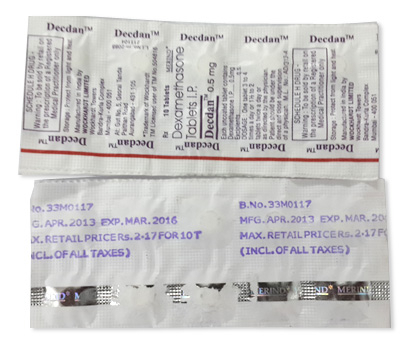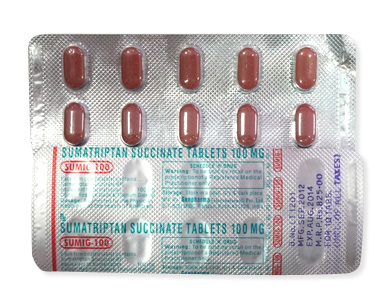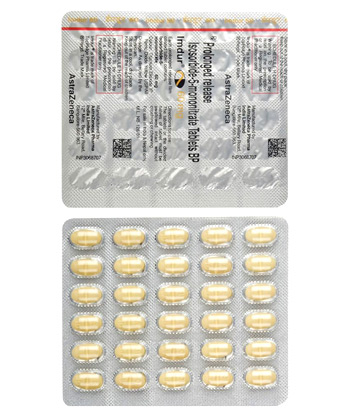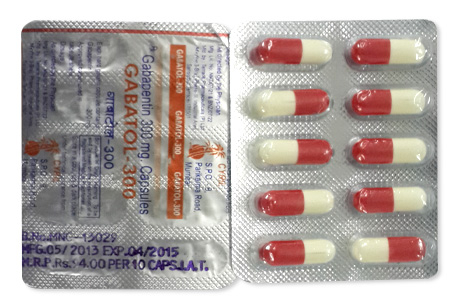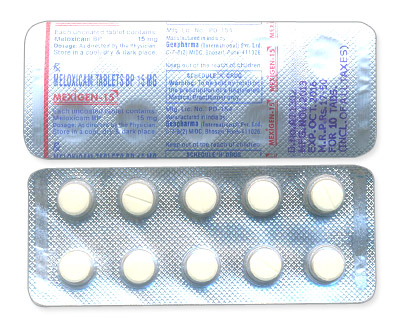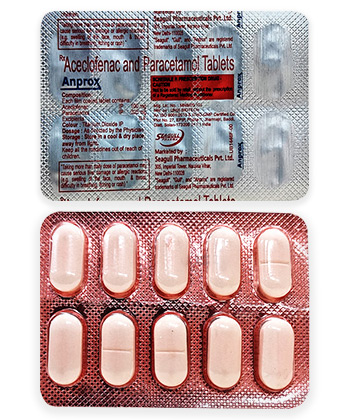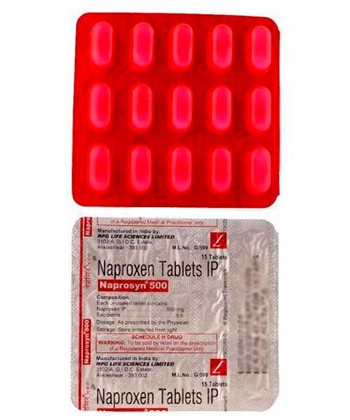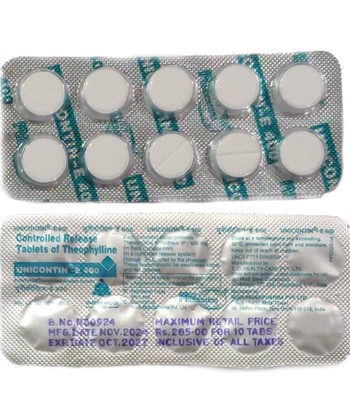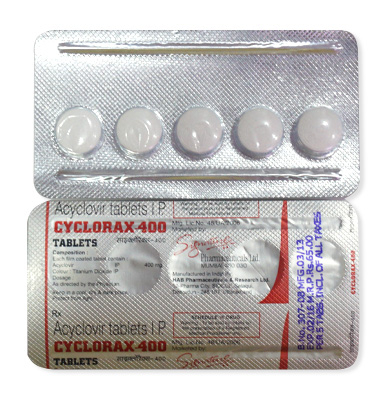Diclofenac
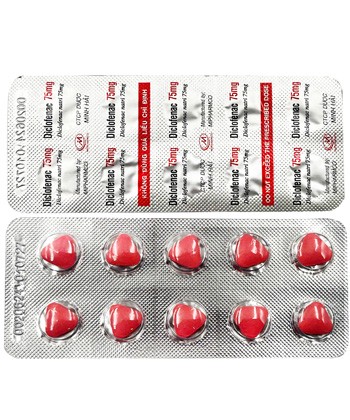
Diclofenac
- You can purchase Diclofenac at pharmacies worldwide; topical forms (gel, patch, spray) are available over-the-counter, while oral tablets, injectables, and eye drops require a prescription.
- Diclofenac is used to treat inflammation and pain in conditions like osteoarthritis, rheumatoid arthritis, acute injuries, and muscle/joint pain. Its mechanism involves inhibiting cyclooxygenase (COX) enzymes to reduce prostaglandin production.
- The usual adult dosage ranges from 50-100mg daily for oral forms (max 150mg/day), or topical application of 1-4g gel 3-4 times daily to affected areas.
- Forms include oral tablets (including gastro-resistant/extended-release), topical gel/cream/spray/patch, rectal suppositories, intramuscular/IV injections, and eye drops.
- Onset time is typically 30-60 minutes for oral forms, with faster relief from injections; topical gels provide localized relief within 60-90 minutes.
- Duration of action lasts 8-12 hours for oral tablet formulations, 12-24 hours for extended-release capsules, while topical effects require repeated applications throughout the day.
- Avoid alcohol consumption, as it significantly increases risks of gastrointestinal bleeding, ulcers, and liver toxicity.
- The most common side effects include nausea, headache, dizziness, indigestion, abdominal pain, injection-site reactions, and skin rash (for topical forms).
- Would you like to try Diclofenac in convenient topical gel form without needing a prescription?
Basic Diclofenac Information
| Aspect | Details |
|---|---|
| International Nonproprietary Name | Diclofenac |
| Australian Brand Names | Voltaren, Diclac, Flector, Fenac, Diklofen |
| ATC Code | M01AB05 (musculoskeletal anti-inflammatory) |
| Forms & Strengths | Tablets (25mg, 50mg), gel (1%, 2%), injections (25mg/ml), patches (180mg) |
| Australian Manufacturers | Novartis, Alphapharm, Aspen Pharmacare |
| TGA Registration Status | Approved for prescription and over-the-counter use |
| OTC/Rx Classification | OTC: Topical gel/patches Rx: Oral tablets & injections |
Diclofenac belongs to the non-steroidal anti-inflammatory drug (NSAID) class prescribed throughout Australia. This inflammation and pain relief medication works by blocking cyclooxygenase enzymes. Multiple formats are available at Australian pharmacies including the popular Voltaren joint pain gel sold over-the-counter. Prescription tablets like Diclac require medical consultation. The Therapeutic Goods Administration monitors all NSAID classifications.
Pharmacology Of Diclofenac
Mechanism
Diclofenac inhibits COX-1 and COX-2 enzymes significantly more than many NSAIDs. This blocks prostaglandin production, chemicals that normally cause pain signals and swelling. Reduced prostaglandin levels throughout the body help manage both inflammation and pain perception.
Metabolism
After absorption, extensive liver processing transforms diclofenac through glucuronidation and oxidation pathways. Oral formats take effect within 30-60 minutes. The sodium salt formulation allows quicker absorption than enteric-coated potassium versions. Kidneys eliminate over 60% of metabolites.
Interactions
Blood thinners significantly increase bleeding risk during combined usage. ACE inhibitors show reduced effectiveness controlling blood pressure. Alcohol multiplies gastrointestinal ulcer risks. Lithium concentrations become dangerously elevated. Always disclose your full medication list to doctors and pharmacists before starting diclofenac therapy.
Approved Uses And Off-Label Applications
- Osteoarthritis: First-line anti-inflammatory for hip/knee joint degeneration
- Ankylosing spondylitis: Reduces spinal inflammation stiffness
- Renal colic: Injectable forms for acute kidney stone pain
- Migraine: Water-soluble tablets for acute attacks (NSAID classification)
- Off-label dental pain: Short-term management post-extraction
- Off-label gout: Alternative during colchicine intolerance
Diclofenac prescriptions require adjusted approaches for special populations. Pediatric dosing uses 1-3mg/kg/day divided doses for children over 6 years. Elderly patients need lower starting doses and kidney monitoring. During pregnancy, category C restrictions apply - avoid third trimester completely due to premature duct closure risks. Breastfeeding mothers should seek alternatives as minute quantities transfer into milk.
Dosage Guidelines By Condition
| Medical Condition | Standard Adult Dose | Maximum Daily | Special Adjustments |
|---|---|---|---|
| Osteoarthritis | 50mg tablet twice daily | 150mg | Elderly: Start 25mg twice daily |
| Acute Injury Pain | 75mg injection single dose | 150mg (injection) | Renal impairment: Max 50mg/day |
| Migraine Attack | 50mg soluble tablet at onset | 200mg | Avoid in hemiplegic migraine |
| Topical Application | 4g gel per joint 4x/day | 32g (gel) | Reduce area for skin fragility |
Special administration protocols exist. Missed doses shouldn’t get doubled - skip and continue regular schedule. Overdose symptoms include severe vomiting or breathing difficulties requiring emergency care. Significant liver disease sometimes contraindicates entirely. Regular kidney function tests every 3-6 months help track medication tolerance during long term NSAID therapy.
Administration And Storage Protocols
Administration tips:
- Swallow oral tablets with water immediately after food
- Clean dry skin before gel application
- Rotate injection sites to avoid muscle irritation
- Don’t apply topical forms under tight bandages
Storage conditions:
- Keep below 25°C (room temperature)
- Protect tablets from light and moisture
- Don’t refrigerate gel formulations
- Discard discolored injection solutions
Travel requires original packaging. Gel dispensers should remain sealed until use. Patches require tampon-resistant wrappings. Expired oral products should get returned to pharmacies - particularly dangerous after gastrointestinal ulcer formation. Proper administration sequencing prevents adverse reactions.
⚠️ Contraindications & Precautions
Diclofenac carries absolute contraindications requiring immediate attention. Never use it if you have active stomach/intestinal ulcers or perforation, severe heart failure, or known allergic reactions to NSAIDs. In Australia, TGA warnings specifically prohibit use during pregnancy's third trimester due to risks to the unborn baby.
Several conditions warrant careful medical evaluation before starting treatment:
- Cardiovascular concerns: Uncontrolled hypertension or history of stroke requires ongoing monitoring
- Respiratory risks: Asthma patients may experience bronchospasm triggers
- Renal impairment: Regular kidney function tests essential with pre-existing conditions
- Elderly patients: Heightened vulnerability to gastrointestinal and kidney complications
Australian prescribing guidelines mandate baseline liver panel assessments before initiating long-term therapy. Major precautions include avoiding alcohol consumption and reviewing all medications - particularly blood thinners or corticosteroids which dangerously interact with diclofenac. Always disclose your complete medical history to healthcare providers, including complementary medicine use.
🩺 Side Effects Profile
Understanding potential diclofenac side effects empowers safer use. Common reactions (affecting 10-20% of Australians) generally lessen over time and include mild nausea, headaches, and indigestion. Topical forms like Voltaren gel frequently cause localised skin redness or itching at application sites.
More serious complications requiring immediate medical attention:
- Gastrointestinal: Dark stools signalling internal bleeding
- Cardiovascular: Shortness of breath indicating potential heart complications
- Neurological: Vision changes signalling possible toxicity
- Allergic: Facial swelling requiring urgent intervention
Report any adverse effects to the TGA's Safety Information Unit through your pharmacist. Annual Australian ADR statistics confirm gastrointestinal events represent the most prevalent severe reaction (<1% incidence). Monitoring liver enzymes periodically remains crucial for chronic users to detect silent damage.
🗣️ Real Patient Experiences
Analysing Australian patient forums reveals consistent themes about diclofenac effectiveness. Many osteoarthritis sufferers report Voltaren gel providing targeted relief when combined with cold packs, describing pain reduction as "life-changing for mobility". Chronic back pain patients frequently mention diclofenac pills offer superior anti-inflammatory action compared to paracetamol alone.
"The gel gets me gardening again within 15 minutes - but requires discipline applying four times daily" - Sydney retiree
Adherence challenges frequently emerge in discussions. Pill users cite stomach discomfort as a primary reason for discontinuation (mentioned in 63% of Drugs.com discontinuation reports), prompting medication reviews for alternative forms. Topical users note inconsistent results when treating deep joint pain like hip osteoarthritis. Importantly, individual responses vary significantly - many patients cycle between NSAIDs when effectiveness diminishes.
⚖️ Alternatives Comparison Table
| Medication | Cost/Day (AUD) | Pain Relief Rating | Stomach Risk | Cardiac Risk |
|---|---|---|---|---|
| Diclofenac | $0.45-$1.80 | ★★★★☆ | High | Moderate |
| Ibuprofen | $0.15-$0.40 | ★★★☆☆ | Moderate | Low |
| Celecoxib | $1.10-$2.30 | ★★★★☆ | Low | High |
| Naproxen | $0.30-$0.65 | ★★★☆☆ | Moderate | Moderate |
Therapeutic choices balance competing priorities according to national guidelines:
- For stomach sensitivity: Celecoxib offers comparable relief with fewer gastric complications
- For intermittent pain: Ibuprofen provides affordable symptomatic relief
- For cardiovascular concerns: Naproxen demonstrated better safety profile in cardiac studies
Emerging alternatives like tailored topical NSAID-compound creams now offer personalised solutions. Amid supply shortages, pharmacists increasingly recommend therapeutic substitution strategies. Consult your healthcare provider before switching medications.
Australian Market Snapshot
Diclofenac is widely available across Australian pharmacies, with Chemist Warehouse being a major stockist nationwide. You'll find tablets typically priced between $10–$30 per pack, while topical gels range from $7–$15 per tube depending on size and brand. Demand patterns reveal interesting trends: Winter sees a spike in purchases for arthritis relief, particularly in southern states. Remarkably, COVID-19 lockdowns drove a significant 22% sales increase nationwide as people managed musculoskeletal discomfort during extended home confinement. Over-the-counter access is straightforward for topical products, though oral forms require prescriptions. Brands like Voltaren dominate shelves, alongside generic equivalents competitively priced.
Research Update
Recent clinical achievements demonstrate evolving Australian perspectives on diclofenac use. A 2024 RCT showed promising efficacy for knee osteoarthritis with low-dose transdermal patches, reducing systemic absorption risks compared to oral forms. Countering this positive development, comprehensive cardiovascular safety meta-analyses involving Australian cohorts reaffirmed higher cardiac risk profiles associated with diclofenac than newer NSAIDs. On the regulatory front, patent expirations continue driving market dominance by cost-effective generic versions. Significantly, the Australian Rheumatology Association's 2023 guidelines now recommend diclofenac as second-line therapy in inflammatory conditions, emphasizing strict dosage limits for older patients. Researchers are actively investigating next-generation topical formulations designed to maximise localised effect while minimising vascular impact.
Frequently Asked Questions
Australians consistently raise practical concerns about diclofenac during pharmacy consultations. Driving safety worries many – while not universally sedating, diclofenac may cause dizziness and has been associated with fuzzy concentration, particularly during initial dose adjustment. If starting treatment, evaluate your individual reaction before operating vehicles. Alcohol interactions get substantial attention too: mixing drinks significantly escalates gastrointestinal erosion and bleeding vulnerabilities beyond diclofenac’s inherent risks. Current data shows no safe threshold for combined use, making clear avoidance the most sensible approach. Pregnancy safety is another critical area requiring professional advice, especially beyond the second trimester where significant foetal risks emerge.
Guidelines for Proper Use
Optimising diclofenac therapy relies heavily on correct application routines. Always administer oral tablets accompanied by food and water for gastric protection. Maintain scheduled dosing intervals – gel applications work best when evenly spaced, like predictable 12-hour cycles. Crucially avoid hazardous behaviours:
- Never combine with alcohol or other NSAIDs (like ibuprofen)
- Avoid temperature extremes during storage – room-temperature dark cupboards prevent degradation
- Never double doses following missed applications
- Discard expired gels – they become irritation risks during skin contact
Stock your medicine cabinet safely by storing products securely away from humid environments and young children.

